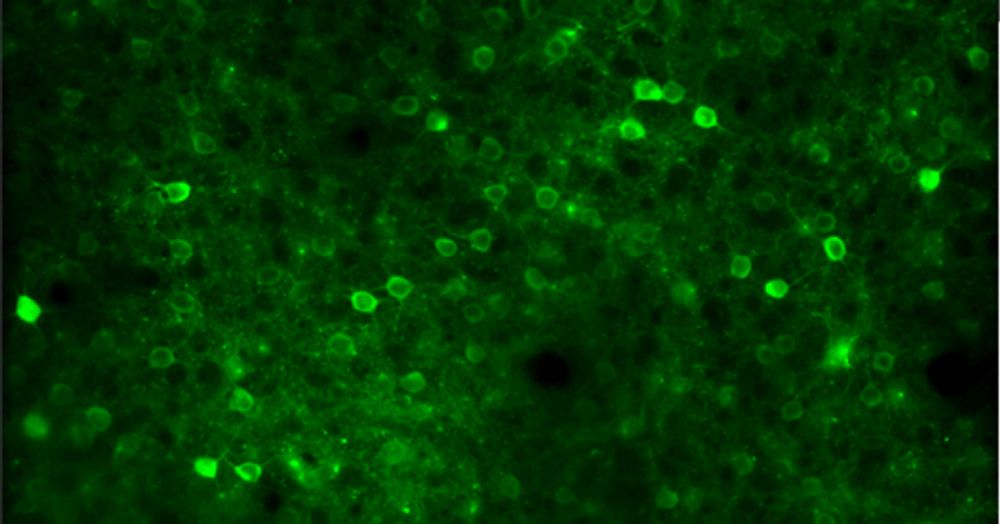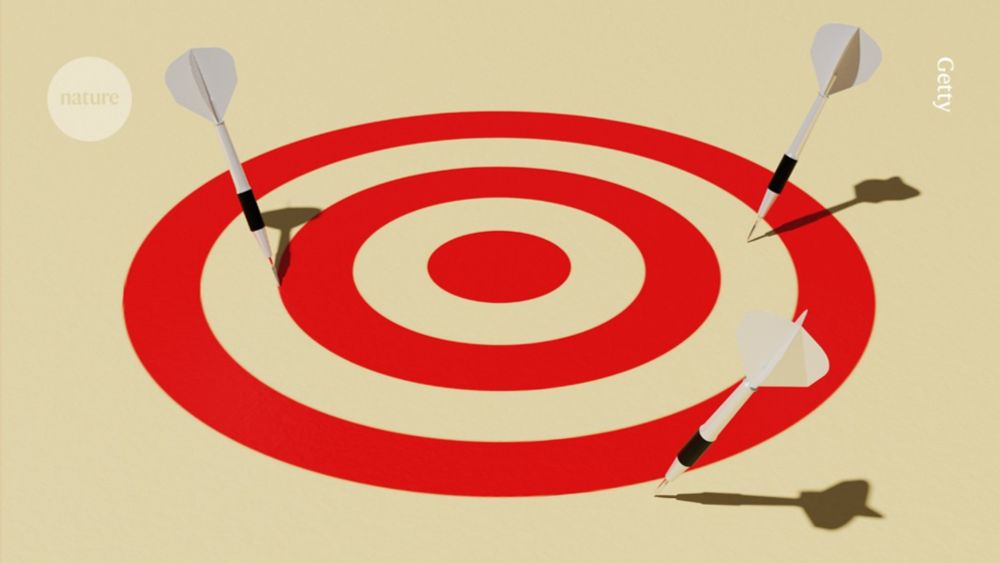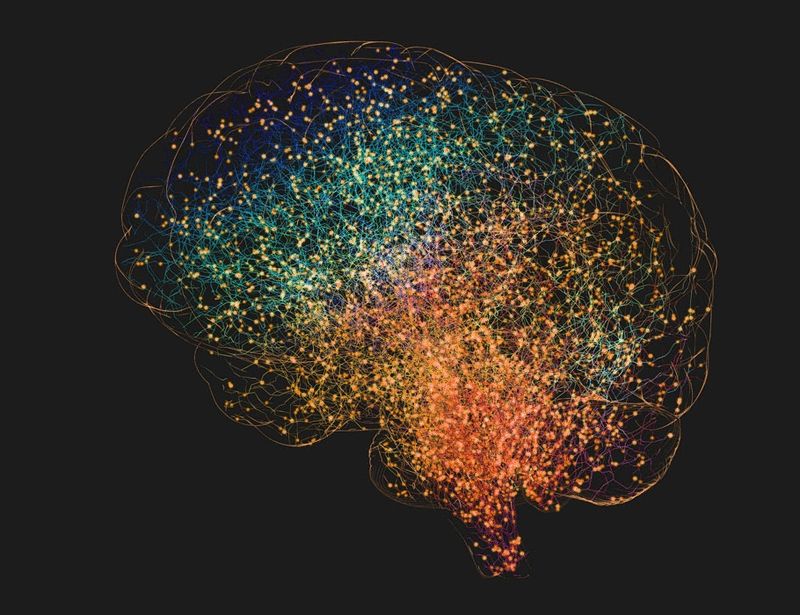Hayley Bounds
@hayleybounds.bsky.social
180 followers
270 following
14 posts
Systems/computational neuroscience postdoc @ Columbia in the Losonczy and Fusi labs. Schmidt Science Fellow. Formerly Adesnik lab @ UC Berkeley.
Posts
Media
Videos
Starter Packs
Pinned
Hayley Bounds
@hayleybounds.bsky.social
· May 15
Neuron
@cp-neuron.bsky.social
· May 15

Network influence determines the impact of cortical ensembles on stimulus detection
By photostimulating specific visual cortical ensembles, Bounds et al. discovered that an ensemble’s impact on local neural activity, not its visual encoding properties, predicts its impact on stimulus detection. Their analysis reveals that mice use a generalizable, albeit suboptimal, perceptual readout strategy of summing all V1 activity to detect stimuli.
dlvr.it
Reposted by Hayley Bounds
Matteo Carandini
@carandinilab.net
· Sep 3

A brain-wide map of neural activity during complex behaviour - Nature
The International Brain Laboratory presents a brain-wide electrophysiological map obtained from pooling data from 12 laboratories that performed the same standardized perceptual decision-making task i...
www.nature.com
Reposted by Hayley Bounds
Mora Ogando
@moraogando.bsky.social
· Aug 5
Reposted by Hayley Bounds
Dr Nick
@nmwilkinson.bsky.social
· Aug 2
Reposted by Hayley Bounds
Reposted by Hayley Bounds
Reposted by Hayley Bounds
Grace Lindsay
@neurograce.bsky.social
· Jul 7
Reposted by Hayley Bounds
Reposted by Hayley Bounds
Maggie Astor
@maggieastor.bsky.social
· Jun 18
Reposted by Hayley Bounds
Matteo Carandini
@carandinilab.net
· Jun 9

High-dimensional neuronal activity from low-dimensional latent dynamics: a solvable model
Computation in recurrent networks of neurons has been hypothesized to occur at the level of low-dimensional latent dynamics, both in artificial systems and in the brain. This hypothesis seems at odds ...
www.biorxiv.org
Reposted by Hayley Bounds
Reposted by Hayley Bounds
Hayley Bounds
@hayleybounds.bsky.social
· May 18
Hayley Bounds
@hayleybounds.bsky.social
· May 18
Hayley Bounds
@hayleybounds.bsky.social
· May 18
Hayley Bounds
@hayleybounds.bsky.social
· May 18
Hayley Bounds
@hayleybounds.bsky.social
· May 17
Hayley Bounds
@hayleybounds.bsky.social
· May 17
Hayley Bounds
@hayleybounds.bsky.social
· May 17
Reposted by Hayley Bounds
Qihong (Q) Lu
@qlu.bsky.social
· May 8
Reposted by Hayley Bounds
Shahab Bakhtiari
@shahabbakht.bsky.social
· May 17
Hayley Bounds
@hayleybounds.bsky.social
· May 15







